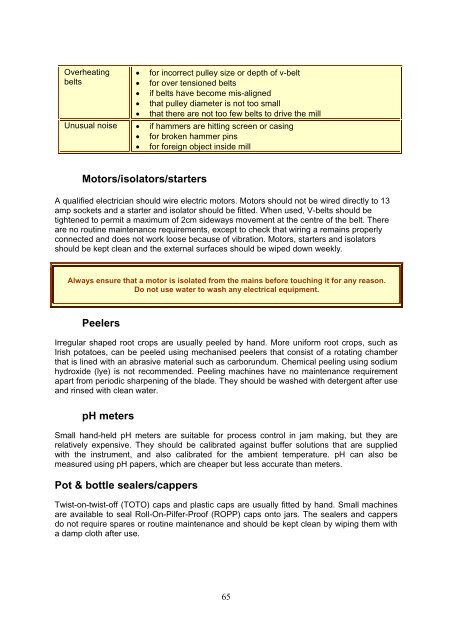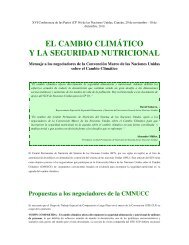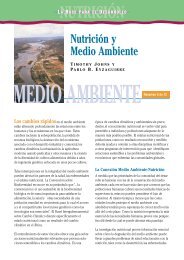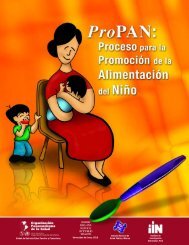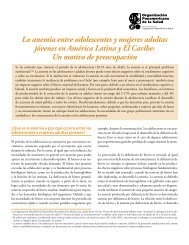Glossary and Abbreviations - Unido
Glossary and Abbreviations - Unido
Glossary and Abbreviations - Unido
You also want an ePaper? Increase the reach of your titles
YUMPU automatically turns print PDFs into web optimized ePapers that Google loves.
Overheating<br />
belts<br />
• for incorrect pulley size or depth of v-belt<br />
• for over tensioned belts<br />
• if belts have become mis-aligned<br />
• that pulley diameter is not too small<br />
• that there are not too few belts to drive the mill<br />
Unusual noise • if hammers are hitting screen or casing<br />
• for broken hammer pins<br />
• for foreign object inside mill<br />
Motors/isolators/starters<br />
A qualified electrician should wire electric motors. Motors should not be wired directly to 13<br />
amp sockets <strong>and</strong> a starter <strong>and</strong> isolator should be fitted. When used, V-belts should be<br />
tightened to permit a maximum of 2cm sideways movement at the centre of the belt. There<br />
are no routine maintenance requirements, except to check that wiring a remains properly<br />
connected <strong>and</strong> does not work loose because of vibration. Motors, starters <strong>and</strong> isolators<br />
should be kept clean <strong>and</strong> the external surfaces should be wiped down weekly.<br />
Always ensure that a motor is isolated from the mains before touching it for any reason.<br />
Do not use water to wash any electrical equipment.<br />
Peelers<br />
Irregular shaped root crops are usually peeled by h<strong>and</strong>. More uniform root crops, such as<br />
Irish potatoes, can be peeled using mechanised peelers that consist of a rotating chamber<br />
that is lined with an abrasive material such as carborundum. Chemical peeling using sodium<br />
hydroxide (lye) is not recommended. Peeling machines have no maintenance requirement<br />
apart from periodic sharpening of the blade. They should be washed with detergent after use<br />
<strong>and</strong> rinsed with clean water.<br />
pH meters<br />
Small h<strong>and</strong>-held pH meters are suitable for process control in jam making, but they are<br />
relatively expensive. They should be calibrated against buffer solutions that are supplied<br />
with the instrument, <strong>and</strong> also calibrated for the ambient temperature. pH can also be<br />
measured using pH papers, which are cheaper but less accurate than meters.<br />
Pot & bottle sealers/cappers<br />
Twist-on-twist-off (TOTO) caps <strong>and</strong> plastic caps are usually fitted by h<strong>and</strong>. Small machines<br />
are available to seal Roll-On-Pilfer-Proof (ROPP) caps onto jars. The sealers <strong>and</strong> cappers<br />
do not require spares or routine maintenance <strong>and</strong> should be kept clean by wiping them with<br />
a damp cloth after use.<br />
65


